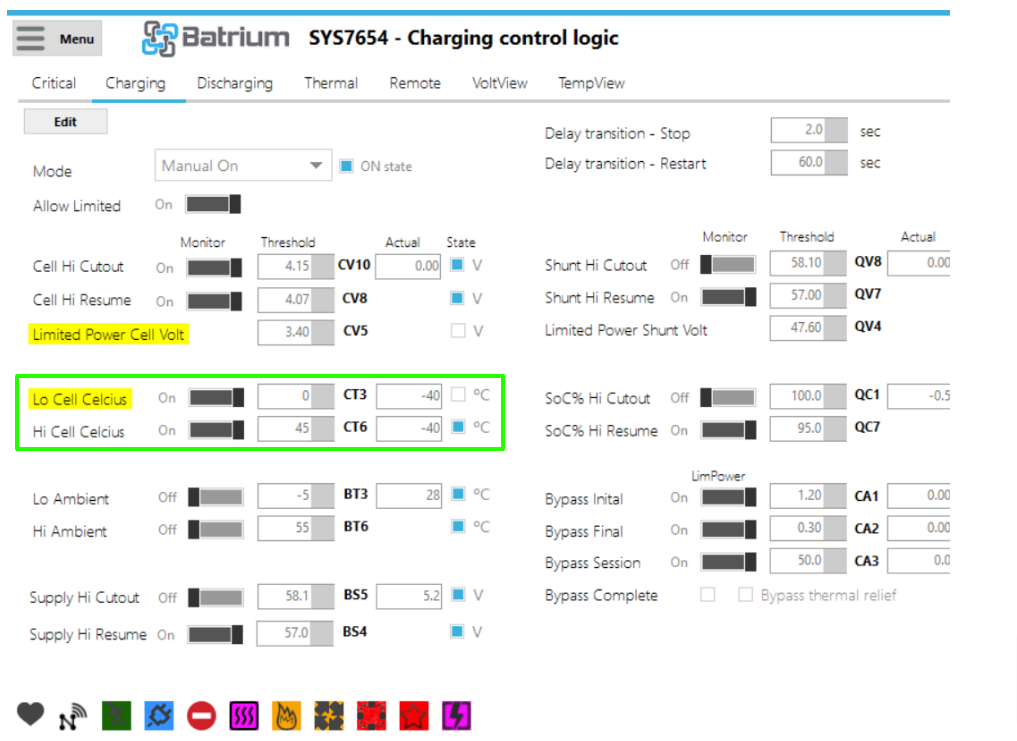¶ Victron GX
UPDATE: Please be advised that Victron has made updates on their products and there have been changes in the settings and functionality within their system.
Our products have had great success in the Victron offline environment for years. But just more recently with any grid feed functionality, they have taken a different approach for lithium charging away from any battery supplier.
For grid feed functionality, we are working towards adding Victron's specific dynamic voltage control (DVCC). We are working on adding this new feature and will be included in a future update.
Victron has advised us that all their GX models are the same for the BMS communication layer:
- Victron Color Control GX - CCGX
- Victron Venus GX
- Cerbo GX
- Cerbo GX S Model (This is not supported as does not have battery CANbus support)
- MultiPlus-II GX (built-in)
- EasySolar-II GX (built-in)
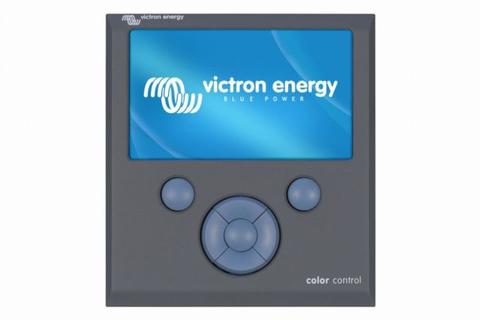
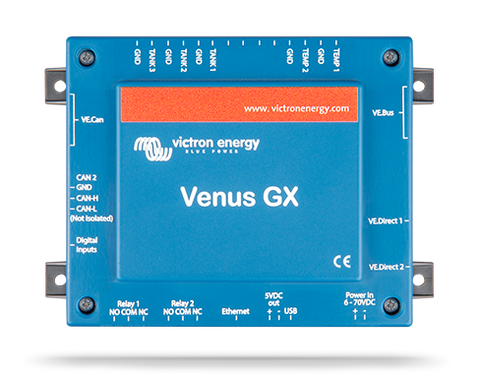
CAUTION: The example below has values shown for a demo LiFePO 4 cell pack. Please ensure that you adopt values suitable to your application and comply with the battery suppliers recommendation.
¶ Install communication cable to CAN port on WatchMon.
¶ WatchMonCORE
For newer WatchMon supervisors these are 3 Pin (note 120 Ohm resistor) shares CANbus High and CANbus Low.
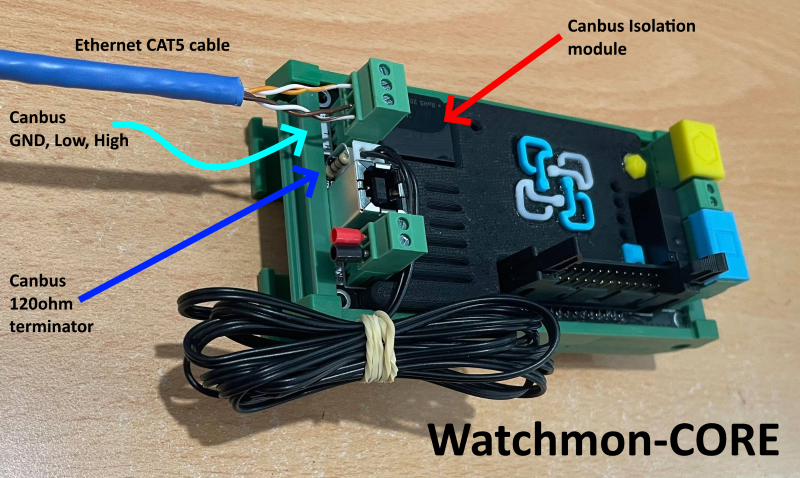
¶ WatchMon4 / WatchMon5 and MultiMon8
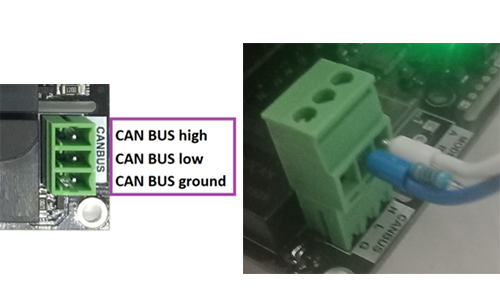
¶ For Older Watchmon with 4 Pin CAN
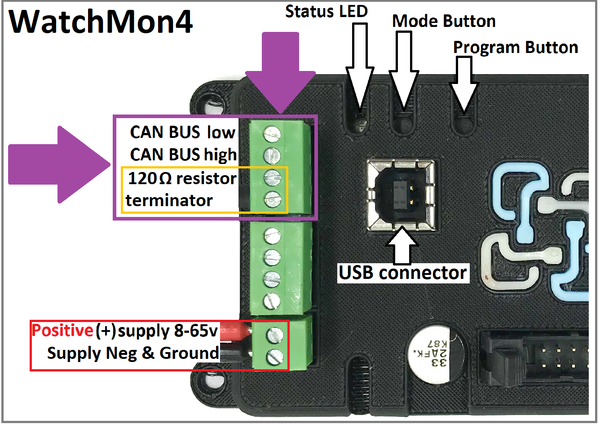
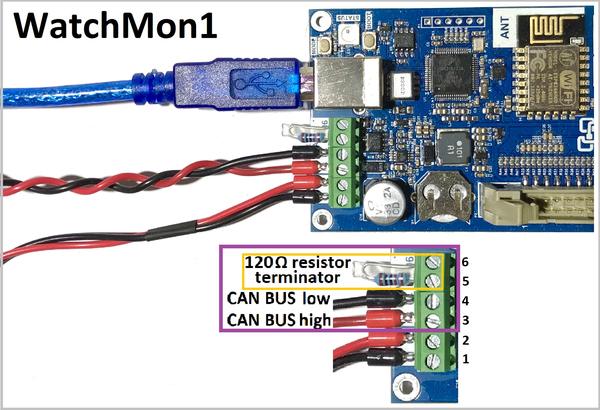
¶ Only for WatchMon4
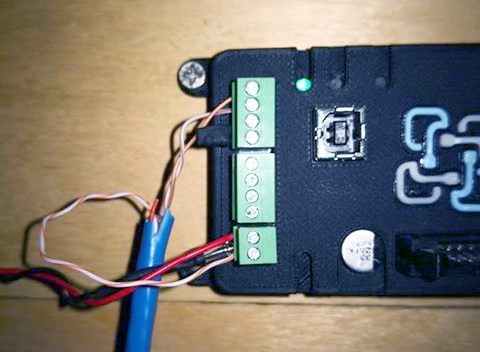
¶ Install communication cable to Victron CCGX CANbus socket
(Extract from Victron CCGX manual)
- Plug the CCGX side of that cable into one of the VE.Can sockets on the back of the CCGX. Plug the other end into the battery. Then, plug a VE.Can Terminator in the other VE.Can socket on the CCGX.
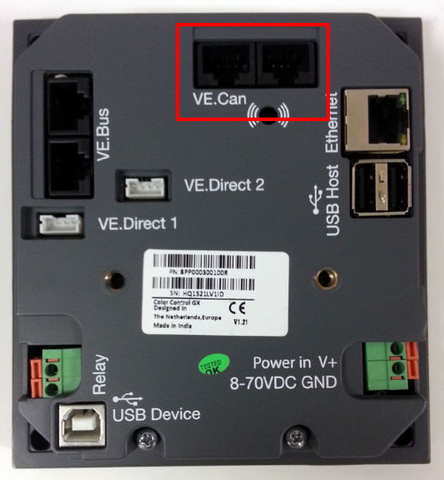
Custom Cable Pinout for CCGX
| Function | VE.Can RJ-45 | Watchmon |
|---|---|---|
| GND | Pin 3 | Supply negative / ground |
| CAN-L | Pin 8 | CAN low |
| CAN-H | Pin 7 | CAN high |
For reference, here’s an Ethernet plug diagram. Be aware that some Ethernet Cables may vary as there are two (2) common wiring colour standards. Make sure that you inspect the plug on the Victron side and follow the wiring colour to the BMS terminal.
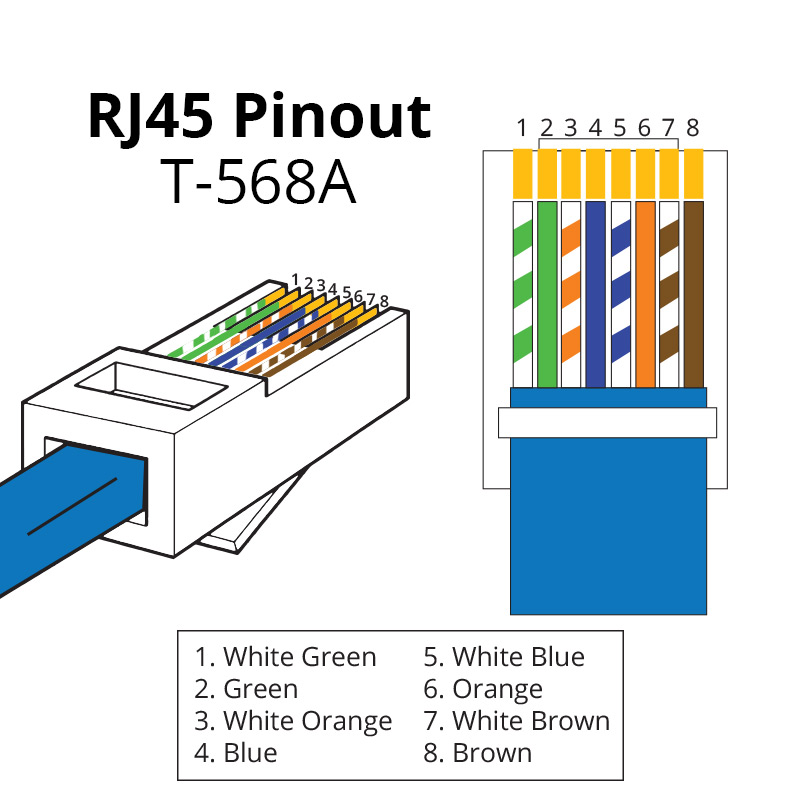
To make up the custom Ethernet Cable for the CCGX properly, you should use a proper crimper and fresh RJ45 male connectors. Label both ends of the cable and install it.
VE.Can to CAN-bus BMS Cables Manual
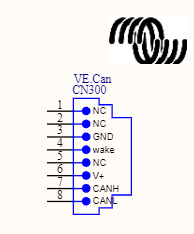
Outline above is for the TIA/EIA T568A straight-though connector outlined in blue below.
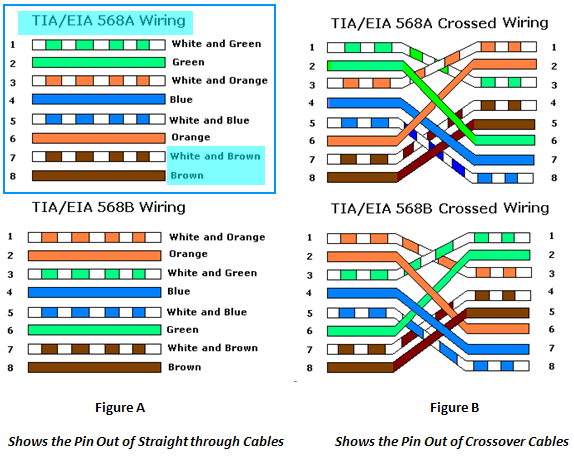
¶ Configure Watchmon Toolkit Software
¶ 1. Integration Settings
Open the WatchMon Toolkit and navigate to the Integration Settings by clicking the Menu then Hardware and select Integration Tab.
Select CANbus protocol to "Victron GX" (previously labelled Victron ColorControl GX) and Save.
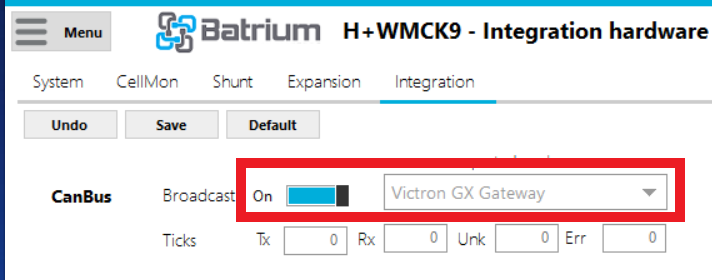
¶ 2. Charging Settings
On WatchMon Toolkit, navigate to the Control Logic menu, then the Charging tab.

Adjust the Charging Control Logic to suit the application.
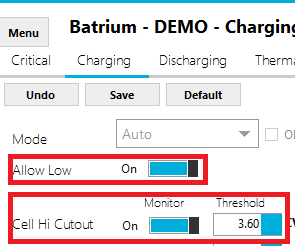

Notes:
- Low power must be enabled.
- Cell Hi Cutout should be above the CellMon bypass voltage threshold as a safeguard target.
- Low power current should suit the bypass capability of CellMon.
- When the bypass current is above the Initial, it will trigger the system to low power.
- When the bypass current for all cellmons is above Final, the system will complete the charging cycle.
¶ 3. CellMon Settings
Navigate to Hardware, then the CellMon tab.

Adjust the CellMon Bypass Voltage to suit the application.
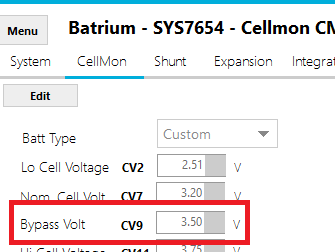
Note: Make sure to "Device Sync" the changes to the CellMons.
¶ 4. Remote Settings
Navigate to the Remote tab on the Control Logic screen.

¶ Adjust the remote charging target to suit the application.
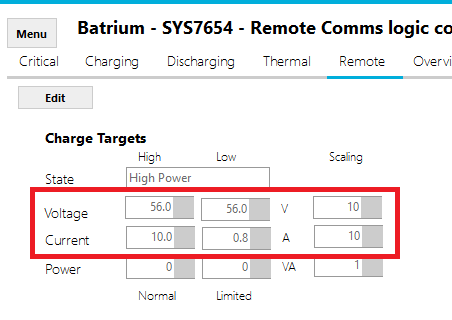
Notes:
- Scaling must be 10, for both voltage and current.
- Low power must be enabled on the charging tab.
- Low power current should suit the bypass capability of CellMon.
- The charger voltage target needs to be sufficient for all cells to reach the bypass threshold.
¶ Adjust the remote discharging targets to suit the application.
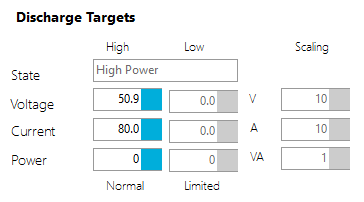
Notes:
- Scaling must be 10, for both voltage and current.
- Do not run low power mode on discharging tab.
- Control logic discharge voltage cutout should match the remote target.
¶ 5. Live Stats
Navigate to Telemetry, then Live Stats to observe system operation.
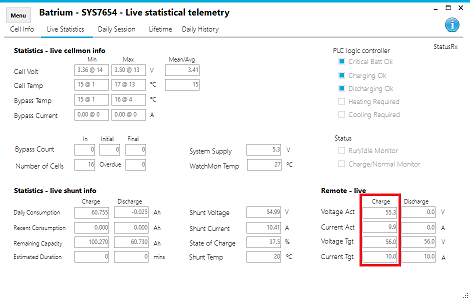
¶ Victron Software Configuration
Open the Victron software - VEConfigure settings
¶ 1. General Tab
- Check “Enable Battery Monitor”
- Enter the battery capacity in Amp Hours ( i.e.120.0 Ah)
- The other parameters ( “State of charge when bulk finished” and “Charge efficiency”) can be left to their default setting. They are not used in this setup.
¶ 2. Charger Tab
| Parameter | Setting |
|---|---|
| Battery type | Lithium |
| Charge curve vFixed | |
| Absorption voltage | 60.75 V |
| Float voltage | 60.00 V |
| Absorption time | 1 Hr |
Note: make sure to double check the float voltage after completing Assistants, and if necessary set it back to 60.00 V.
This needs to be adjusted to match the BMS operating targets.
¶ 3. ESS (Energy Storage System) Assistant
Select the fourth battery type:
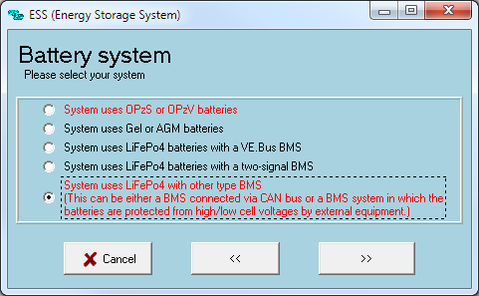
- Do not change the dynamic cut-off values, they have already been set correctly after selecting the lithium battery type.
- Sustain voltage: 50 V
- Same for the restart offset: do not change that.
¶ 4. Device Configuration
Select the CAN-bus BMS (500 kbits/s) CAN profile in the Venus device. Menu path: Settings → Services → CAN-profile.
Note: This changes the function of a VE.Can port: it is not possible to connect both VE.Can products and a BMS battery together on a Color Control GX.
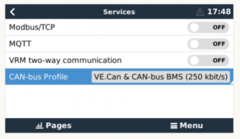
Select CAN-bus BMS (500 kbit/s)
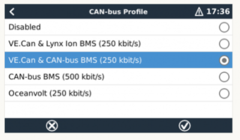
After properly wiring and setting up, the BMS the ESS will be visible as a battery in the device list:
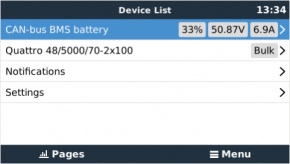
The Parameters option within the battery page shows the actual battery charge and discharge limits:
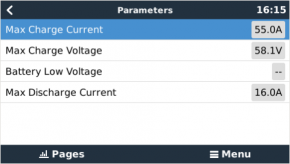
¶ Frequently Asked Questions
¶ Can the BMS send the SoC% to the Victron Inverter?
Yes.
¶ Can the BMS send the cell statistics of the Highest and Lowest cells?
Yes, when using the Victron CANbus profile (from software release 2.16 onwards).
¶ Can the BMS ramp down the charging rate towards Full or Empty?
Yes. Adopt the correct Control Remote configuration (from software release 2.17 onwards).
¶ Why do the Remote Actuals only show NS and not values from the Victron equipment?
Not all the Victron products transmit back the optional actual values. Hence we cannot display these values if they are not transmitted from the GX.
The communication is not at fault, verify that the GX is sending the heartbeat RX timestamp to confirm communication is functioning properly.
¶ Can the BMS read the SoC% from Victron equipment instead of our own ShuntMon module?
No, the Victron CANbus protocol does not send these details. It expects the BMS to send these values.
¶ Can you run both a Batrium ShuntMon and a Victron Shunt in a series?
Yes, if desired. Several customers have chosen to install both shunts in series, which is not ideal.
¶ Can you run without a Batrium ShuntMon?
Yes, however, will limit the functionality since the BMS does not know the SoC% and cannot adjust its recommended charge and discharge targets.
¶ Can you bolt the ShuntMon electronics to the Victron shunt block?
Not recommended, only possible if 50mV for 500A, 1000A or 2000A.
Note: Please ensure that the firmware for all Victron Energy equipment is up to date. Details on how to check firmware versions and perform updates are available from the manufacturer directly.
¶ SoC% is not being reported correctly to Victron
Please know that this is deliberate. The BMS will limit the value it transmits to the inverter to 99% and not 100 until the charge is complete. This is because we want the inverter to continue to charge to allow the batteries to balance up to the threshold.
When complete, it transmits 100%. The system will also limit to 100% even if it exceeds this value so that internally, the BMS can recalibrate when all balancing has been completed.
¶ BMS Alert Warnings to Victron
Warnings from Victron might be triggered when these parameters are turned on:
| Battery High Voltage Warning | If you enable critical > Cell Volt High |
| Battery Low Voltage Warning | If you enable critical > Cell Volt Low |
| Battery High Temperature Warning | If you enable critical > Cell Temperature High |
| Battery Low Temperature Warning | If you enable critical > Cell Temperature Low |
| Battery High Temperature Charge Warning | If you enable charge > Cell Temperature High |
| Battery Low Temperature Charge Warning | If you enable charge > Cell Temperature Low |
| Battery High Current Warning | If you enable critical > Shunt Charge Amp High |
| Battery High Charge Current Warning | If you enable critical > Shunt Charge Amp High (same rule) |
| BMS Internal Warning | No communication was established with the BMS |
| System Status (Online/Offline) | Is Critical Batt Ok status |
.png)
